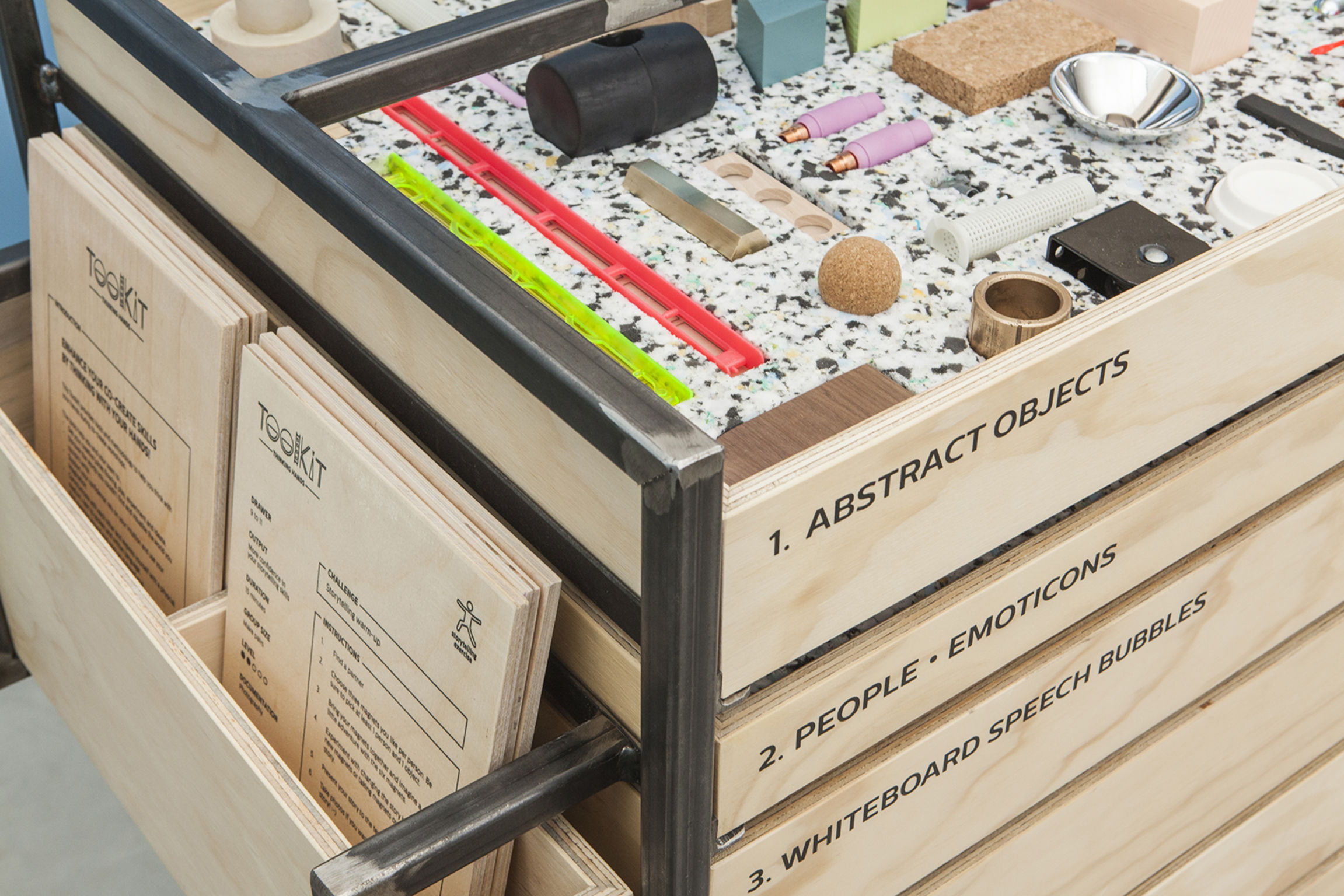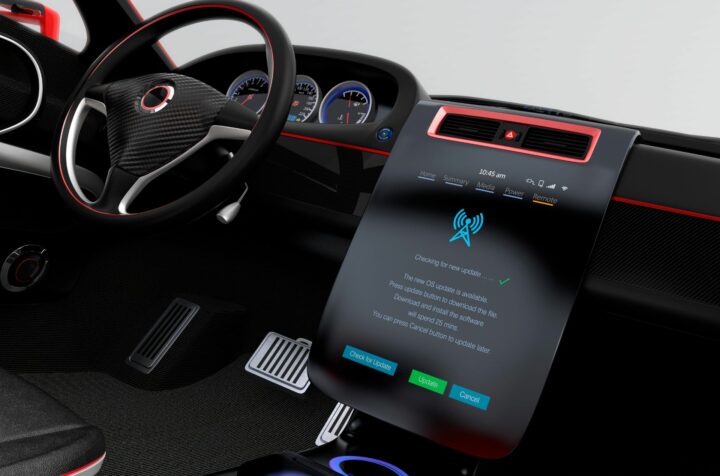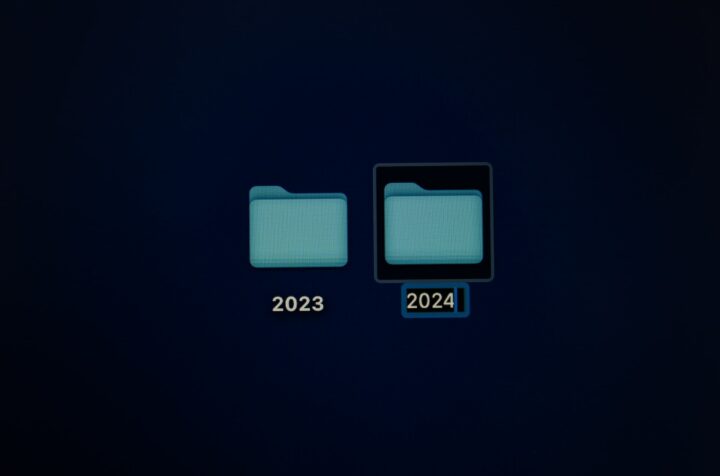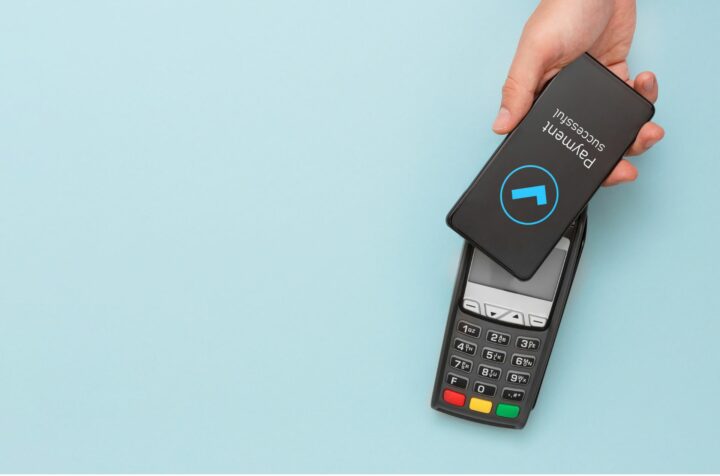After rounding off the latest edition of IFA Berlin, the trends of the past year have come to light and the global reach of the event seems larger than ever before. One of the trending topics this year is co-innovation, also called cocreation, and IFA Berlin definitely plays a part in bringing together companies to share knowledge and resources in order to increase their rate of innovation. IFA NEXT is a rapidly growing showcase for innovation within the tech industry, which took place for the second time in conjunction with the main IFA event. Here, start-ups are given a chance to show off their latest creations in front of their peers, researchers and enterprises, hoping to make connections that can benefit all involved parties through co-innovation.
The concept formerly known as synergy
For many years, businesses talked about synergy and how working in a group would yield better results than what an individual, or several individuals, could accomplish on their own. Co-innovation provides financial benefits through improved sales, and organizational benefits through streamlined processes and a happier workforce. Forward-thinking businesses should see the value in cooperating from an early stage, trying to match the needs and expectations of the customer (and other stakeholders) as an ongoing process, rather than through a reactive approach at the end of product development.
It isn’t only the product at hand that is improved with co-innovation but also the development processes that are used. Through the expertise of people from different disciplines, providing different knowledge and insights, new realisations about organisational processes can be triggered and carried forward to future projects. Co-innovation brings involvement from otherwise unlikely sources that will see things from an “outside the box” perspective, or even question the existence of the box at all.
Working hard and hardly working
Co-innovation or cocreation can bring a lot of joy into business processes. Philips, for example, has established a dedicated cocreation lab with inspirational working spaces, design expertise, and specific frameworks and methodologies. They’ve also cocreated a specialised toolkit used to boost engagement and creativity in development processes. This award-winning design helps innovators formulate, explain and communicate concepts that are difficult to express verbally, and stimulate idea generation through play and experimentation.

Fast & flexible wins the race
One major factor in co-innovation is iteration – gradually improving your product by seeking feedback and addressing issues in small increments. Agile development has become a staple in the software industry, but has also found its way into other industries due to its clear success, and because fast-moving, highly competitive markets demand it. The digital shift has not only set new standards for the rate businesses have to function at, but has also brought along the tools to co-innovate and reach said standards. The tools are used to overcome obstacles within interdepartmental communication and cooperation, which the involved parties experience together. In the end, partnering across different industries or educational backgrounds, for example engineering and medicine, can lead to ground-breaking discoveries by combining ideas that normally wouldn’t intersect.
Testing allows you to improve your product throughout the product life cycle and achieve the expectations that your marketing department has placed in the mind of the customer. In early stages you might evaluate your prototypes or study the usability of what you’ve developed so far. Putting in the groundwork here pays off – the continued scrutinisation of your product in later stages of development will be easier and you’ll save resources (this is the argument you use to convince your boss). By now, you’ll have moved on to bug testing, load testing or possibly localisation, depending on the nature of your product. Using a crowdtesting solution lets you easily test the waters with your specific target group. The crucial thing is to involve your stakeholders and keep collaborating, and maybe next year you’ll be the talk of the town at IFA Berlin with your revolutionary, co-innovated ideas.
Interested in learning more?
Curious about how Testbirds improves the quality and usability of digital products? Get in touch now – a.maat@testbirds.com.








